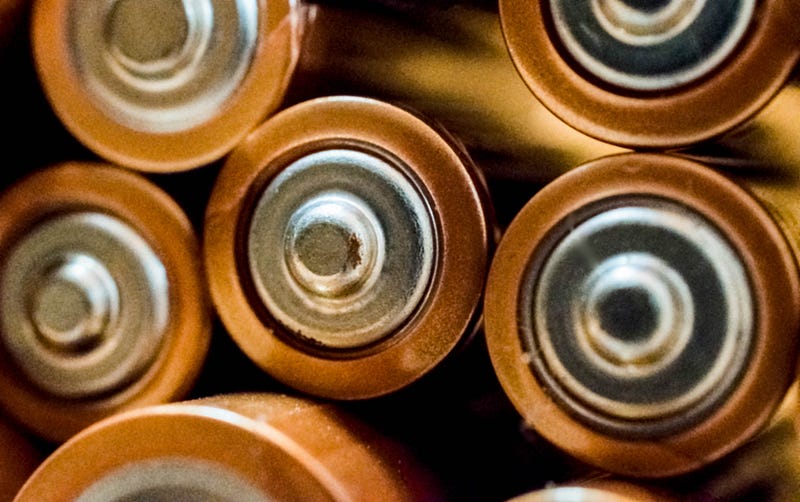The Impact of Undersea Mining on Marine Life: A Deep Dive
Written on
Chapter 1: Undersea Mining and Its Environmental Consequences
In 2020, the Takuyo-Daigo mountain was the focus of cobalt extraction efforts. Although mining machinery operated for only a few hours, the repercussions were significant and enduring.

The Pacific Northwest's seabed is scattered with thousands of volcanoes that have piqued the interest of geologists in search of metallic resources. Many of these geological formations are coated with a layer of iron and manganese oxides, as well as various other metals including nickel, platinum, vanadium, and tellurium. Notably, these areas are rich in cobalt, a crucial component for lithium-ion batteries. Currently, a substantial portion of the world's cobalt supply—approximately 75%—is derived from the Democratic Republic of Congo, a country notorious for labor exploitation and human rights violations in mining operations, often leading to civil unrest.

The Japanese government, among other stakeholders, sought to investigate the potential for cobalt extraction from underwater deposits. They launched an expedition to the Takuyo-Daigo undersea mountain, located within their exclusive economic zone. This ancient volcano, eroded by water over time, forms a broad plateau at a depth of 800 meters, spanning 20 kilometers in diameter, with steep slopes descending to depths exceeding 5 kilometers—these geological formations are referred to as gujotas. Discovered two decades ago, Takuyo-Daigo has been repeatedly surveyed using underwater vehicles, revealing that nearly its entire surface is enveloped by a metallic shell several centimeters thick. In 2020, mining machines briefly operated there, extracting a small quantity of cobalt ore.
However, the interests of geologists were not the only ones at stake. Marine biologists identified Takuyo-Daigo as a thriving ecosystem. Numerous fish and shrimp inhabit the area, but the brief mining activities deterred a substantial number of these creatures, as reported in the journal “Current Biology.”

Upon returning to the site after 13 months, researchers observed a dramatic 43% decline in the abundance of fish and shrimp within a few hundred meters of the mining area. "We suspect that the sediments stirred up during the mining operations contaminated feeding grounds for the fish," states Travis W. Washburn, the lead author of the study. "The interference was minimal, almost like a pin prick, yet the consequences were unexpectedly severe and persistent. This raises concerns for oceanic ecosystems if undersea mining becomes widespread." Geologists estimate that the Pacific Northwest seabed may contain around 7.5 billion tons of cobalt-rich metallic ores.
Chapter 2: The World’s Smallest National Park
This video showcases the fascinating experience of interacting with a giant, spearing mantis shrimp in super slow motion. Witness how this unique creature uses its incredible speed and precision to capture prey.
In this video, we observe the thrill of dropping live shrimp into a tidal creek to see what marine life will bite. The excitement of the unknown adds to the adventure!
Thank you for engaging with this content! If you found it valuable, please consider showing your support by giving a clap, donating, or offering a tip to help sustain my work.

